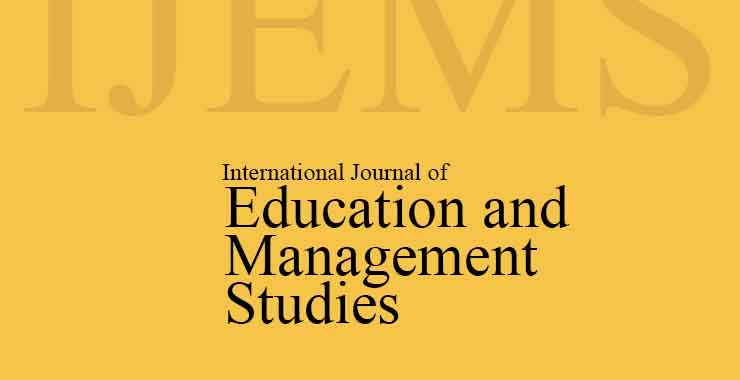Exploring the Role of Medium of Educational Instruction and Cognitive Control on Bilingual Language Switching
Original price was: ₹ 201.00.₹ 200.00Current price is: ₹ 200.00.
Page: 417-421
Arinjoy Bhattacharjee1 and Deepshikha Ray2 (Department of Speech, Language, and Hearing Sciences, University of Connecticut Storrs, Connecticut, United States of America1 and Department of Psychology, University of Calcutta, Kolkata, West Bengal2)
Description
Page: 417-421
Arinjoy Bhattacharjee1 and Deepshikha Ray2 (Department of Speech, Language, and Hearing Sciences, University of Connecticut Storrs, Connecticut, United States of America1 and Department of Psychology, University of Calcutta, Kolkata, West Bengal2)
In India, even though students learn vernacular and English, there is a predominant language for instruction. Our study investigates the role of medium of educational instruction in code-switching. 33 Bengali-English bilinguals were divided into two groups based on their medium of instruction and were assigned two tasks – Speaking about a neutral topic in (i) Bengali and (ii) English. They also had to perform a cognitive control task. The code-switching frequencies, reaction time, and accuracy in the cognitive task were analyzed. We found a significant effect of the medium of instruction on code-switching in both languages but individuals with medium of instruction in L1 tend to use L2 more in formal contexts, and switching is influenced by social contexts, such as formal/informal settings. Our findings contradict the association between code-switching and better cognitive control – the likely reason is the cognitive load during the tasks.

